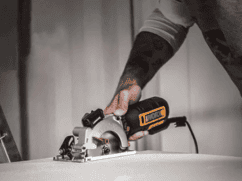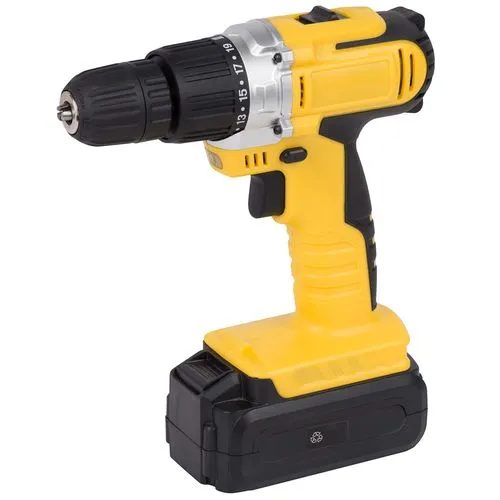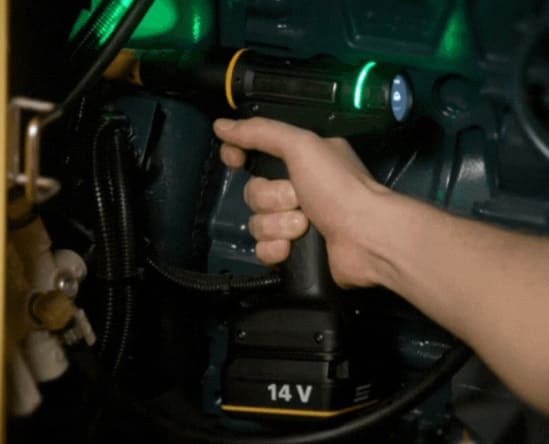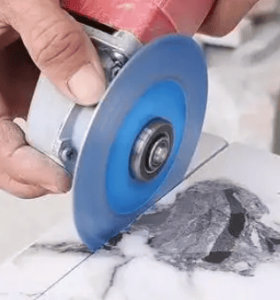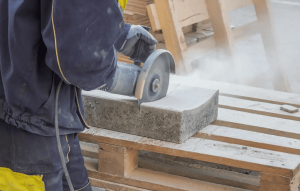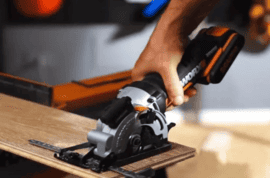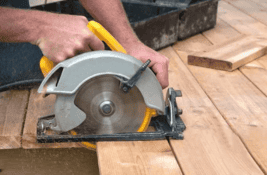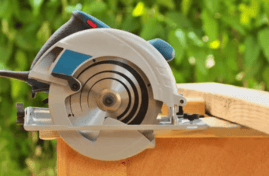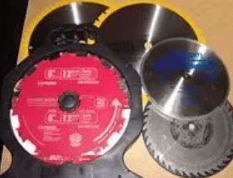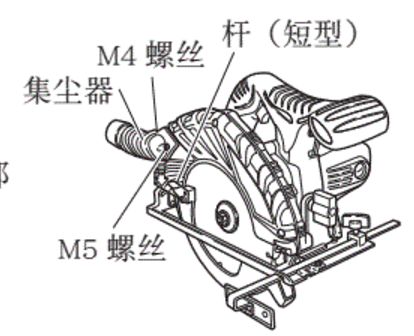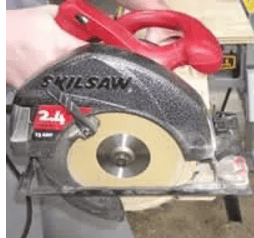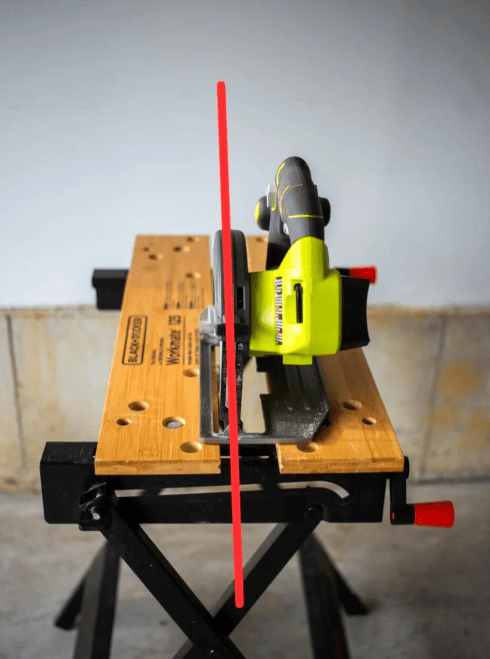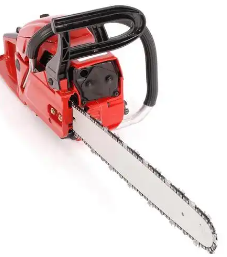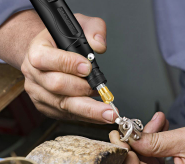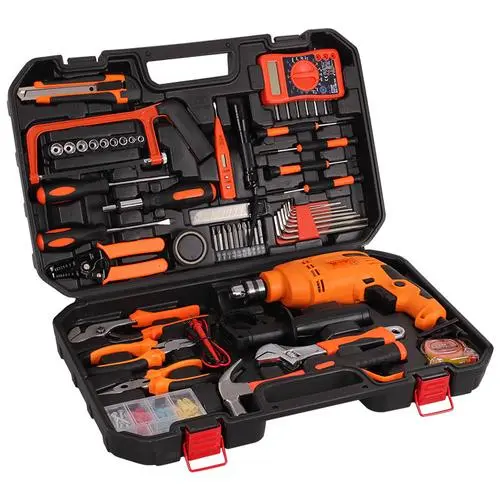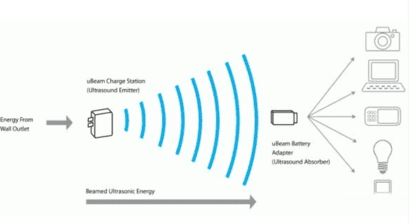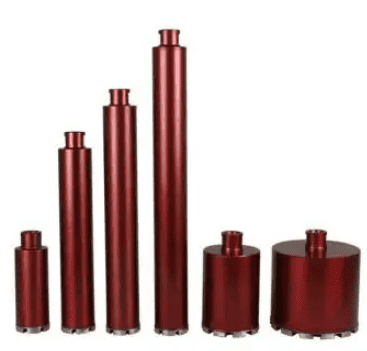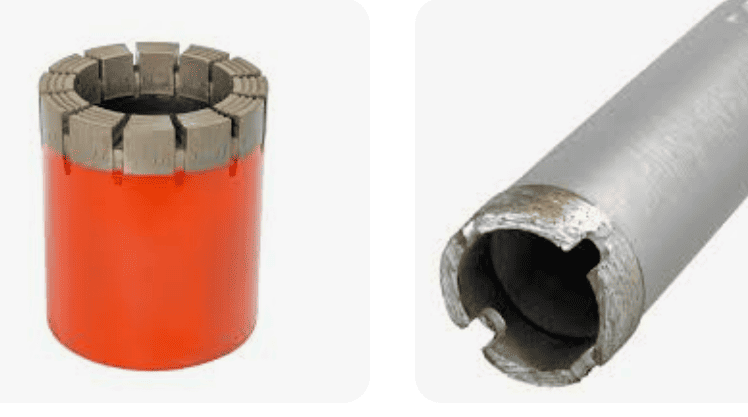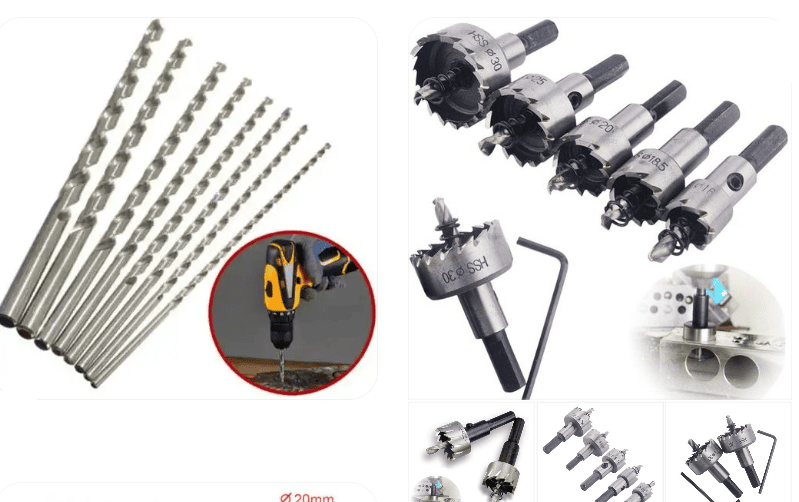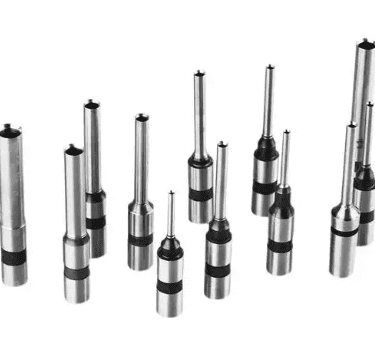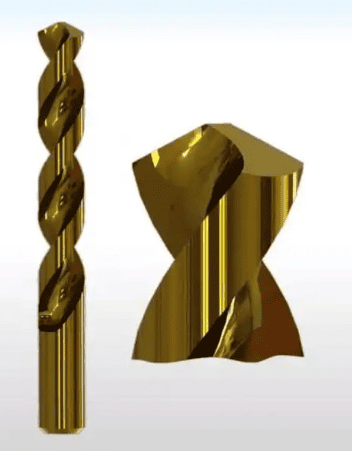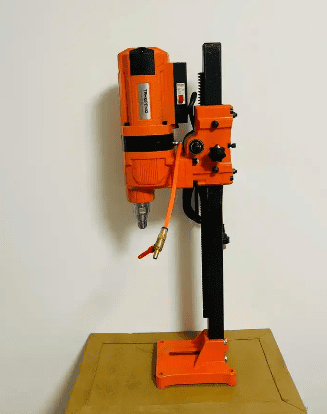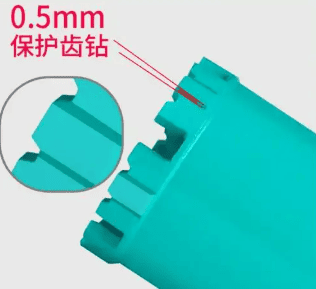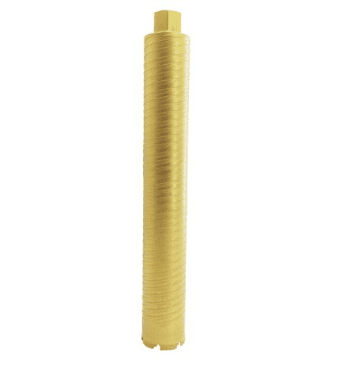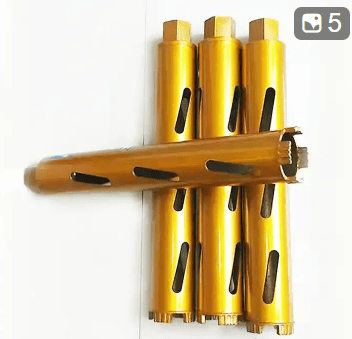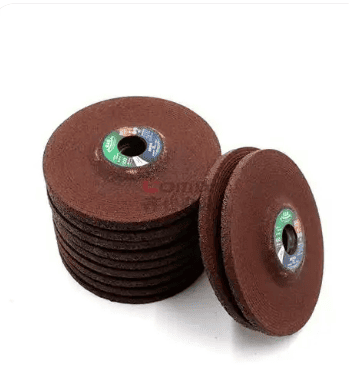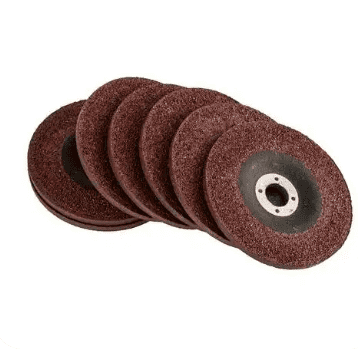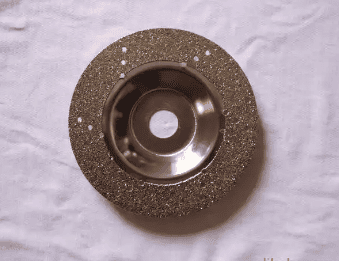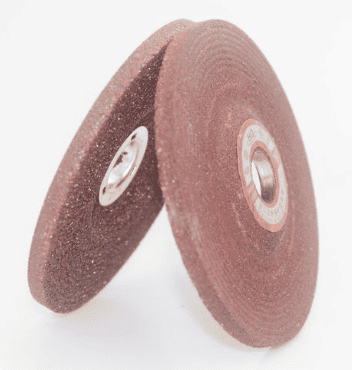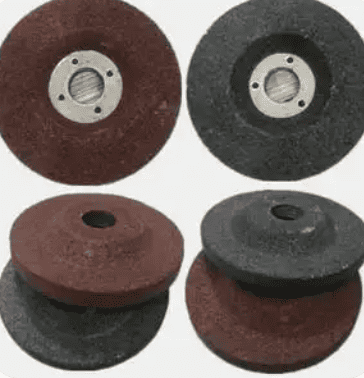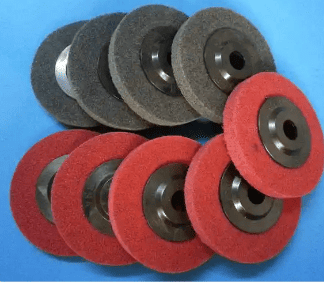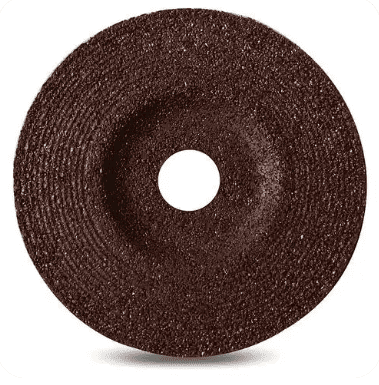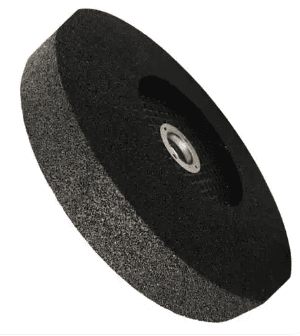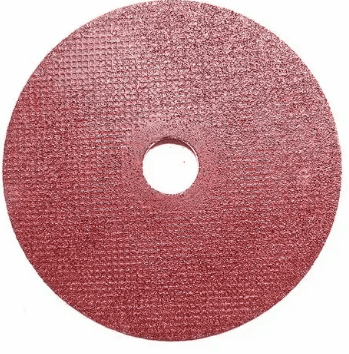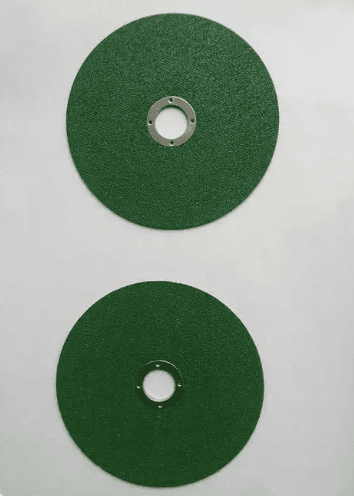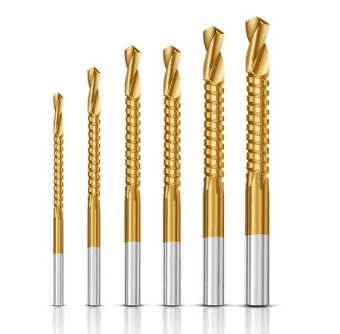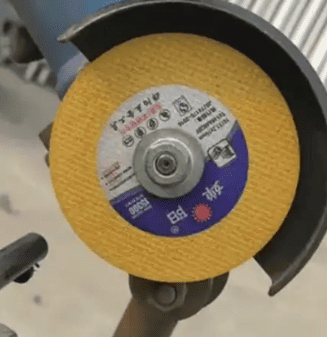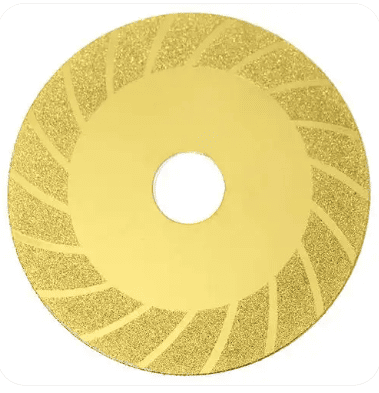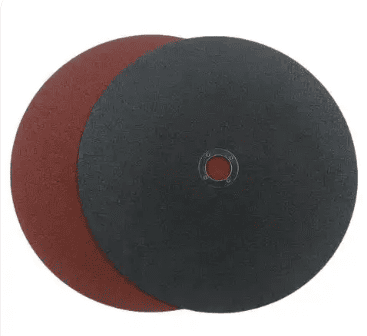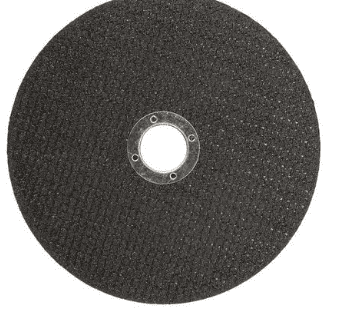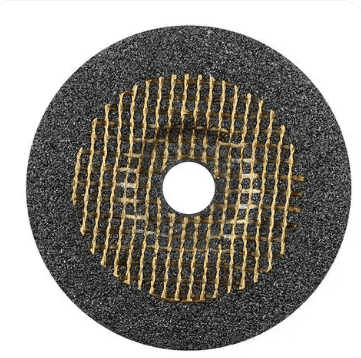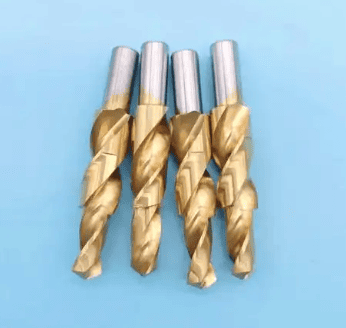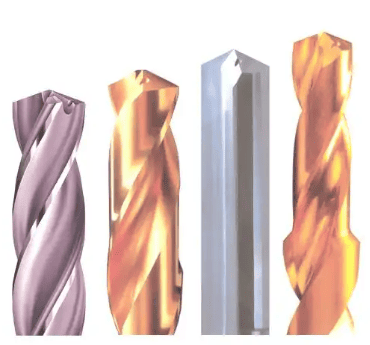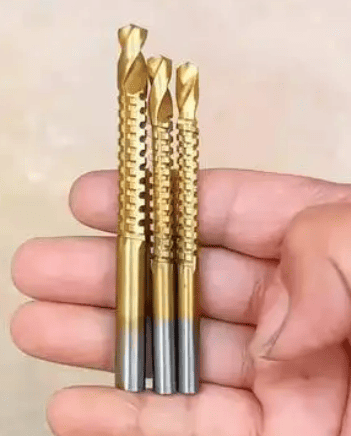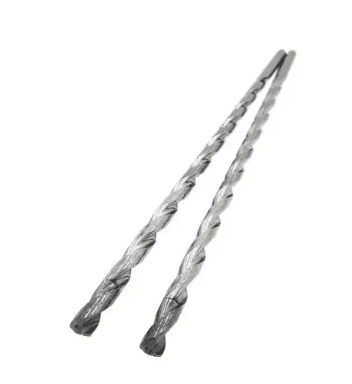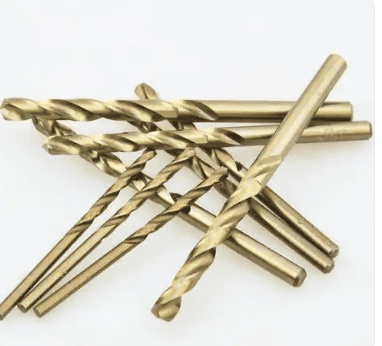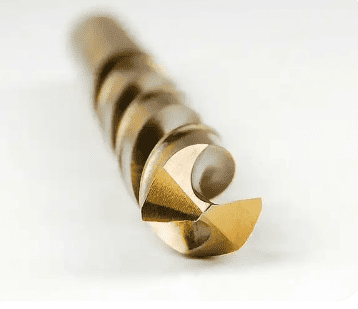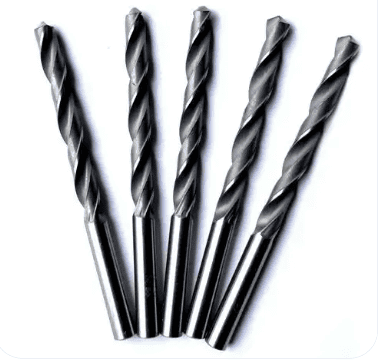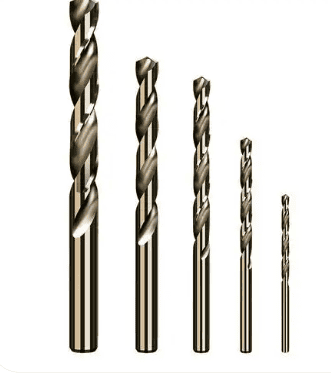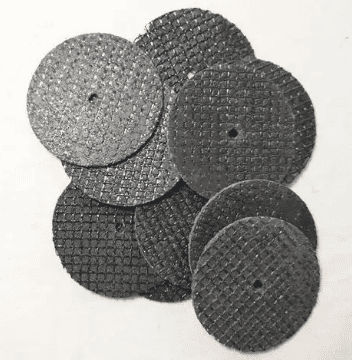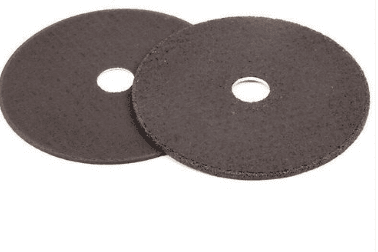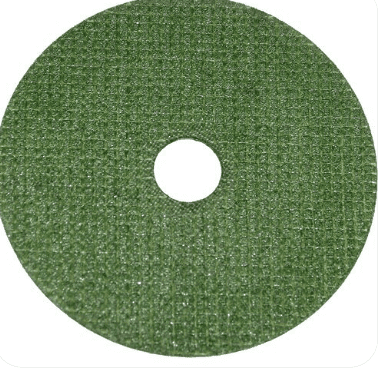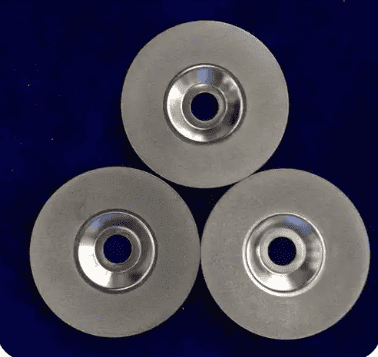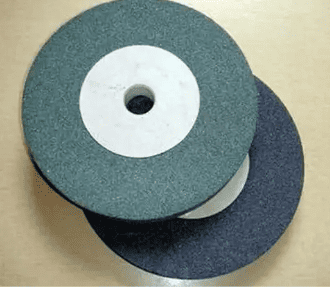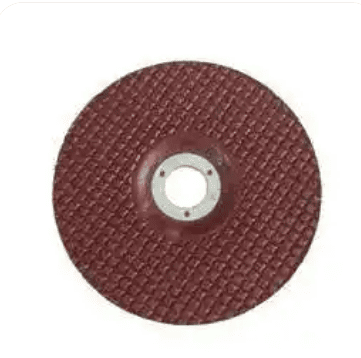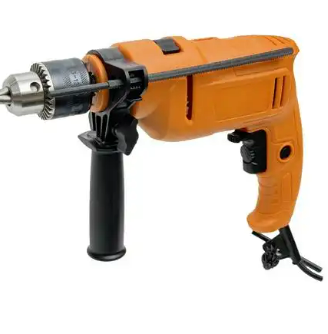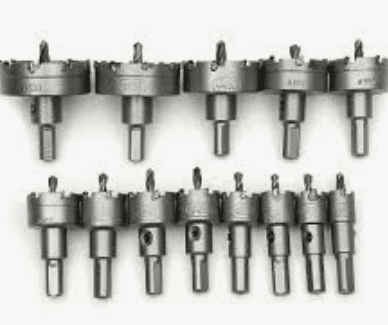Can I Use an SDS Drill for Core Drilling?
No, you should not use a standard SDS drill bit for core drilling. While SDS drills are powerful tools designed for hammer drilling into hard materials like concrete and masonry, core drilling requires a fundamentally different type of bit and often a different machine.
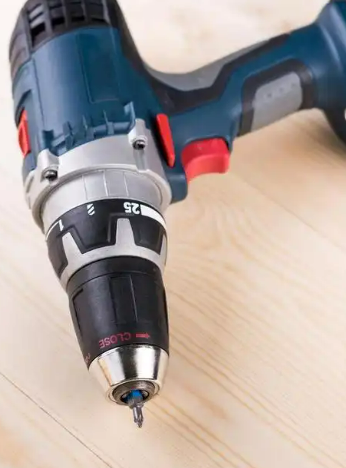
Understanding Why SDS Bits Aren’t for Core Drilling
Core drilling aims to remove a complete cylinder of material (the “core”), leaving a clean, large-diameter hole. This requires a specialized core bit, which is essentially a hollow cylinder with industrial diamonds or other hard abrasives bonded to its cutting edge. The bit rotates but does not hammer. Its purpose is to grind away the material along a circular path.
Standard SDS drill bits, whether SDS-Plus or SDS-Max, are solid. They are designed for rotary hammer drilling, combining rotation with a powerful, rapid hammering (percussion) action to smash and chip their way through hard materials. This hammering action is essential for efficiently drilling smaller holes with a solid bit.
Here’s the critical conflict:
- Core Bits Need Smooth Rotation: The diamond segments on a core bit grind material away through continuous, high-speed rotation. Hammering would be disastrous. It would:
- Shatter the Diamond Segments: The diamond cutting edges are incredibly hard but brittle. The intense impact forces from hammering would crack and break them, destroying the bit very quickly.
- Damage the Hollow Structure: Core bits are relatively thin-walled tubes. The hammering forces could easily bend, warp, or crack the bit body itself.
- Create an Uneven, Rough Hole: Instead of a clean, precise hole, hammering would cause chipping and an irregular surface.
- SDS Drills Deliver Hammering: The defining feature of an SDS drill (rotary hammer) is its hammer mechanism. While most have a “drilling only” (rotation without hammer) mode, these machines are primarily engineered for hammer drilling. Their motors and transmissions are optimized for delivering high-impact energy, not necessarily the pure, sustained rotational torque needed for efficient core drilling, especially in larger diameters. Using them in “drilling only” mode for core drilling is usually underpowered and inefficient.
Understanding SDS Drill Bit Systems
While SDS bits aren’t for core drilling, understanding the SDS system itself is crucial for choosing the right tool for standard hammer drilling jobs. SDS revolutionized hammer drilling by providing a secure, quick-change mechanism that efficiently transfers both rotation and hammer blows.
- SDS-Plus (Two Grooves & Two Indents): This is the most common system. Developed by Bosch and Hilti, it features a 10mm diameter shank with two open grooves and two closed indentations.
- How it Works: You simply push the bit straight into the chuck. Spring-loaded balls in the chuck snap into the closed indents, locking the bit rotationally. The open grooves allow the bit to slide back and forth freely within the chuck. This sliding is vital – it lets the drill’s internal hammer mechanism strike the back of the bit directly, maximizing impact force transfer. The grooves ensure the bit slides smoothly for this hammer action.
- Advantages: Extremely fast bit changes (push in/pull out), excellent power transfer for hammering, secure rotational lock.
- Limitations: Primarily designed for bits up to about 30mm (1-1/4 inches) in diameter and moderate depths. The 10mm shank can lack the necessary torque and strength for very large or deep holes, risking shank breakage.
- SDS-Max (Five Indents – Three Open, Two Closed): Designed for heavy-duty applications, SDS-Max features a much larger 18mm diameter shank with three open grooves and two closed indents.
- How it Works: Similar principle to SDS-Plus, but on a larger, more robust scale. The larger shank and deeper indents/grooves handle significantly higher impact energy and torque.
- Advantages: Handles much larger diameter bits (typically 13mm to 44mm / 1/2″ to 1-3/4″) and deeper holes. Far superior resistance to shank breakage under heavy loads. Allows for a longer piston stroke in the hammer mechanism, delivering more powerful individual blows.
- Usage: Found on larger rotary hammers and demolition hammers (combihammers). Essential for serious concrete work, breaking, and large anchor holes.
- The “Four-Flat” Shank (Common in China): This is a different system prevalent in China, often used on heavier-duty machines. It features a square shank with four recesses (flats).
- How it Works: Bits are inserted and rotated to lock into the chuck mechanism.
- Comparison to SDS-Plus: While functionally similar for locking rotation, the lack of open grooves means the bit cannot slide freely within the chuck. This hinders the optimal transfer of the hammer blow compared to the sliding mechanism of SDS-Plus or SDS-Max. Round shanks (like SDS) also generally offer better rotational balance and concentricity than square shanks.
<|place▁holder▁no▁797|> for Core Drilling
If core drilling is needed, you must use the correct equipment:
- Core Drill Rig: This is the ideal machine. It’s specifically designed for core drilling:
- High Torque, Low Speed: Delivers powerful, sustained rotational force at relatively low RPMs (often around 100-300 RPM for larger bits).
- No Hammering: Provides pure rotation only.
- Stability: Often features a sturdy base or stand to anchor the machine firmly, preventing wobble or “walking” during drilling, crucial for large diameters.
- Water Feed: Most core drilling uses water to cool the diamond segments, suppress dust, and flush away ground material (slurry). Core rigs have ports for connecting a water supply.
- Powerful Drill in “Rotation-Only” Mode: For smaller diameter core bits (generally under 50-60mm / 2-2.5 inches) and shallow depths in softer materials, a very powerful heavy-duty drill (like a high-torque SDS-Max rotary hammer) might be used strictly in its “rotation-only” or “hammer off” mode.
- Critical Requirements:
- Must have “Rotation-Only” Mode: Hammering must be completely disabled.
- High Torque: Needs significantly more rotational force than standard drilling.
- Secure Chuck: An SDS-Plus or SDS-Max chuck can hold the core bit’s shank adaptor securely rotationally, but lacks the ideal stability of a dedicated core rig chuck.
- Slow Speed Control: Ability to run at low RPMs.
- Water Management: You’ll need a way to supply water (e.g., a helper with a spray bottle or a simple water feed attachment).
- Significant Drawbacks: This is far less stable and efficient than using a core rig. There’s a high risk of the bit “walking” at the start, wobbling during drilling (causing an oversized or uneven hole), stalling, or overloading the drill motor. It’s only suitable for limited, non-critical applications.
- Critical Requirements:
<|place▁holder▁no▁795|> Core Drilling Safely and Effectively
If you proceed with core drilling (ideally with a core rig, or cautiously with a very powerful drill in rotation-only mode), follow these key guidelines:
- Select the Correct Core Bit:
- Material: Match the bit to the material (concrete, reinforced concrete, asphalt, brick, stone). Bits for reinforced concrete have segments designed to cut through rebar.
- Diameter & Depth: Choose the right size and a bit long enough for your hole depth.
- Shank/Arbor: Ensure the bit’s shank or the arbor it mounts onto is compatible with your machine’s chuck (e.g., SDS-Plus, SDS-Max, threaded arbor).
- Use Water Cooling (Almost Always): This is essential for bit life, cutting speed, dust control, and preventing overheating. Connect a water supply if using a rig; use a spray bottle constantly if using a handheld drill.
- Secure the Machine: Anchor the core rig base firmly. If using a handheld drill, apply firm, steady, straight pressure. Use pilot guides or starter bits if available.
- Start Slowly and Steadily: Begin drilling at low speed with light pressure to establish the cut. Increase speed/pressure gradually as the bit engages fully. Let the diamonds do the grinding – forcing it too hard overheats and damages the bit.
- Clear the Core: For deep holes, periodically pull the bit partially out while still rotating (and with water flowing) to clear the slurry from the hole and allow the core to break free once fully cut. Never try to drill through the core plug completely with the core bit – it will jam and likely damage the bit or machine.
- Safety Gear is Mandatory: Wear safety glasses/goggles, hearing protection, a dust mask (especially if dry cutting briefly is unavoidable), and gloves. Be aware of the significant torque reaction from powerful drills or rigs.
In Conclusion:
While SDS drills are indispensable for standard hammer drilling tasks, their hammering action and typical power delivery make them fundamentally incompatible with the requirements of core drilling. Core drilling demands specialized, non-hammering core bits and is best performed by dedicated core drill rigs providing high torque at low speeds with stability and water cooling. Attempting to use a standard SDS drill bit for core drilling will destroy the bit and likely damage the drill. If you must use a powerful SDS drill for a small core hole, disable the hammer function completely, use water, proceed with extreme caution, and understand the significant limitations and risks involved. For any serious or larger core drilling work, investing in or renting the proper core drilling equipment is essential for success, safety, and efficiency.

